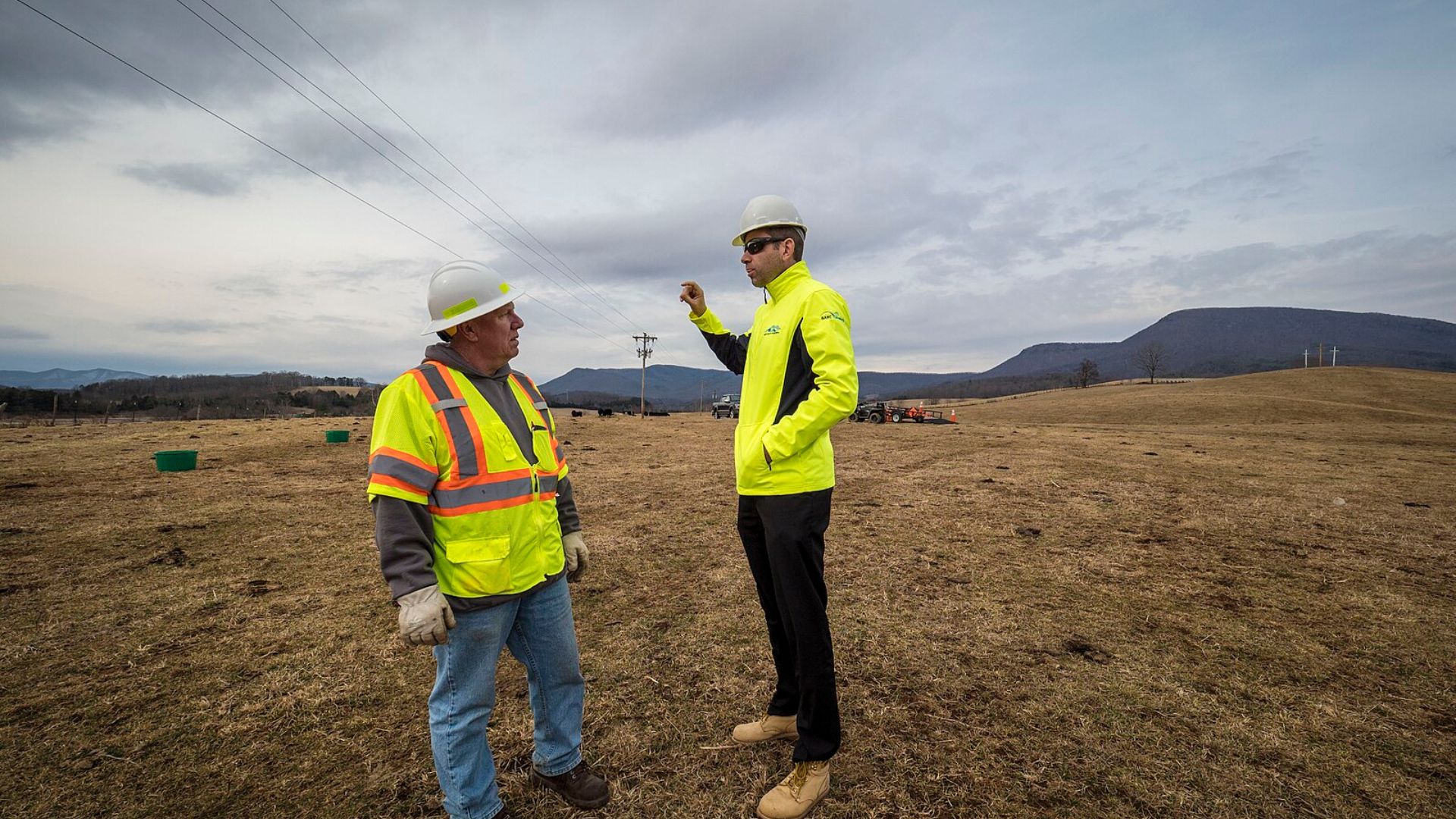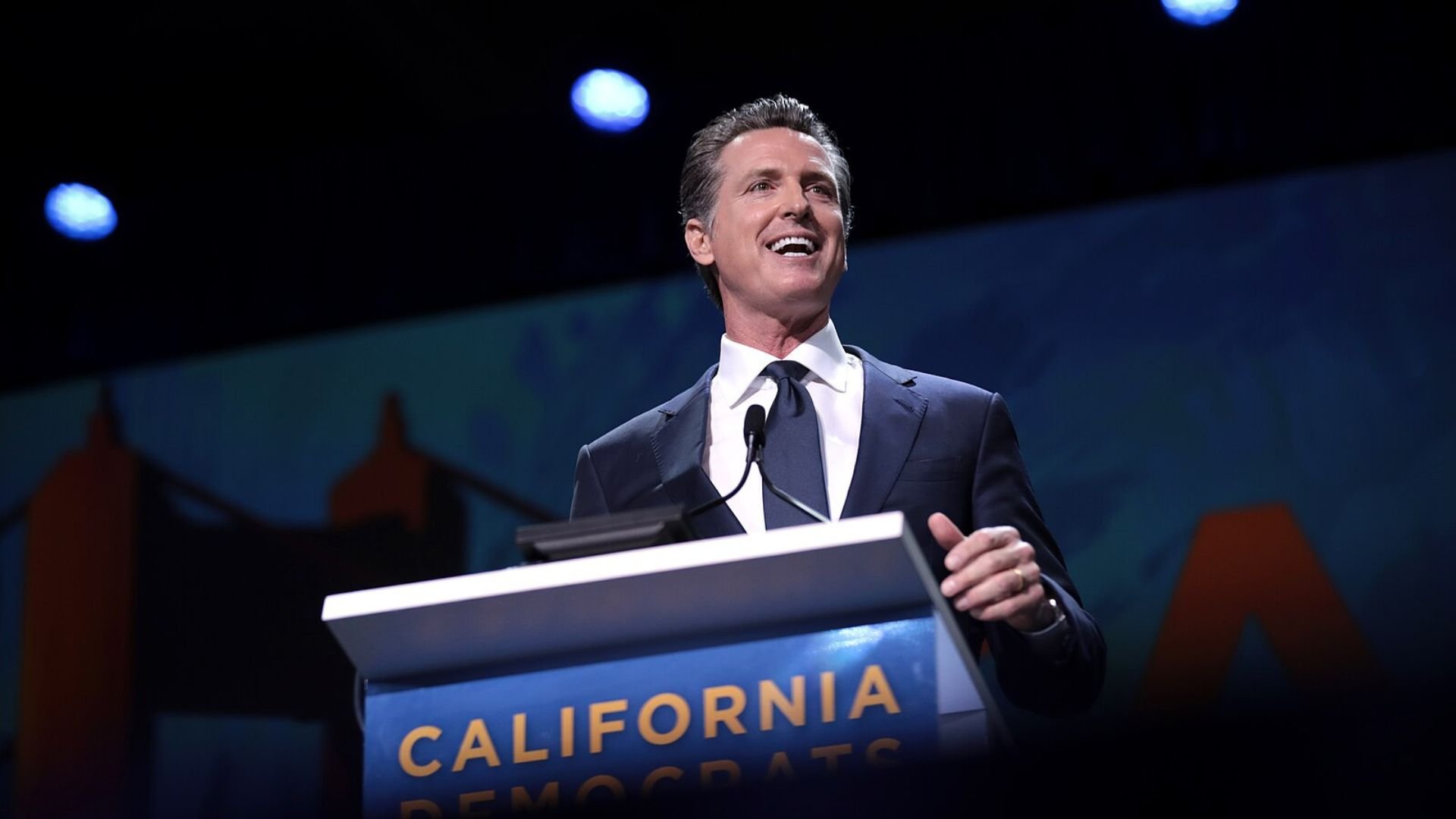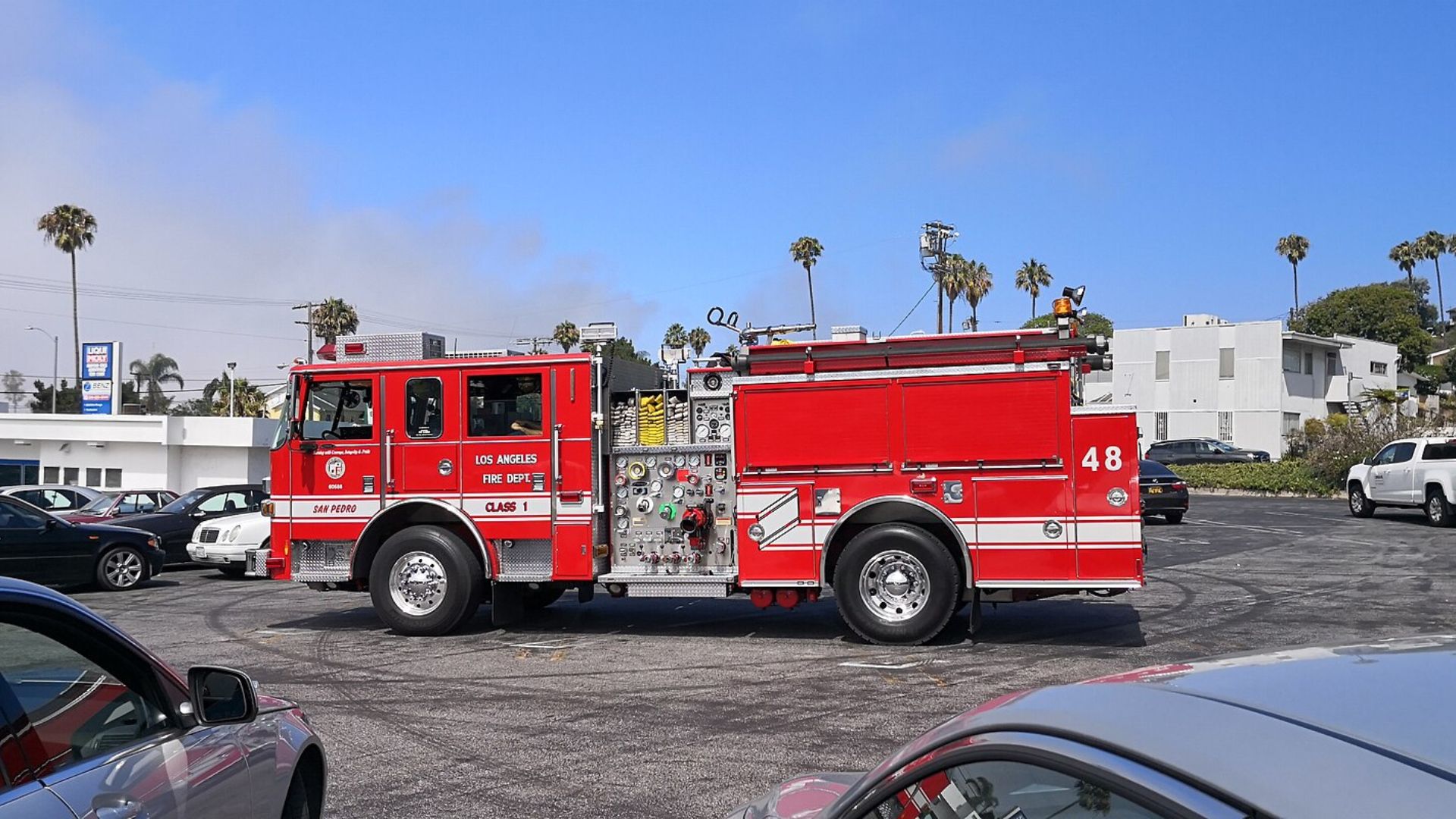California local governments have invested billions in overtime pay, with individual earnings reaching up to $792,000 a year for police officers, firefighters, linemen, and utility workers.
Substantial overtime expenditures have triggered concerns among watchdog groups.
Massive Earnings Since 2019

The Daily Mail reports that frontline workers in California have capitalized on the availability of extensive overtime since 2019, amassing millions of dollars.
The situation has been hailed as a “golden opportunity” for workers to boost their income significantly, yet it has drawn criticism for its burden on taxpayer funds.
Staggering Individual Payouts in 2022

Ronald Terry, a sheriff’s lieutenant in San Francisco, amassed a total of $738,432 in 2022 by adding $374,503 in overtime to his base salary of $179,676.
His earnings exemplify the high levels of overtime pay that are prevalent among certain public service roles in California.
Examples from Santa Clara and Oakland

Further examples include Lington Gordon, an electric crew foreman in Santa Clara, who took home $703,621, with $363,013 from overtime, and Timothy Dolan, an Oakland police sergeant, who totaled $699,345 with $376,998 in overtime.
Such cases illustrate the role of overtime in enhancing the annual earnings of public servants.
The Source of Overtime Funds

Billions allocated to overtime are sourced from public coffers, prompting scrutiny and criticism from fiscal watchdogs.
Originally intended to bridge staffing gaps and enhance service provision, these funds have escalated into a significant fiscal challenge.
The Reasons Behind High Overtime

Factors such as short staffing, lucrative union contracts, and steep hiring costs contribute to the widespread reliance on overtime.
Employing this strategy as a fiscal expedient due to hiring constraints has enabled employees to accumulate considerable overtime hours, incurring hefty costs for taxpayers.
Overtime Expenditures in 2022

California’s government spent a significant $7.7 billion on overtime in 2022 alone, accounting for 8.3% of the total wage expenditures.
This substantial investment serves as a temporary solution to understaffing in crucial services, emphasizing the financial commitment to overtime.
The Scale of Overtime Earnings

According to the Controller’s records, more than 7,100 state workers earned at least $100,000 each in overtime during 2022.
The exceptional levels of overtime pay reveal the extensive extra hours logged by numerous employees.
Safety Concerns Due to Excessive Overtime

The potential hazards of excessive overtime have raised safety concerns among officials, who warn that prolonged hours might pose risks, especially for public safety workers.
Extended shifts could impair performance and elevate the likelihood of accidents in demanding roles.
The Argument for More Hires

Advocating for additional staffing over the accrual of overtime costs presents a strong financial and operational case.
“It makes far more sense to simply use the money you’d pay on overtime to hire more employees,” argued Todd Maddison, research director of Transparent California, suggesting a more sustainable distribution of work.
Growth in Overtime Costs Since 2019

Since 2019, overtime expenses have escalated by 34% per worker, nearly doubling the inflation rate of 18.2% over the same timeframe.
This trend showcases the increasing financial pressure that overtime is exerting on public budgets.
Cultural and Management Issues in Overtime Use

A debate persists over the cultural and managerial approaches to overtime.
While some defend the legal right of workers to maximize their earnings, critiques often focus on failures in management. “It’s a failure of management to properly negotiate these contracts and plan adequately,” noted Debora Allen, an accountant and BART board director.
